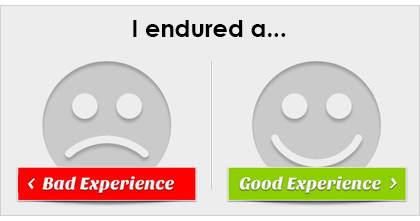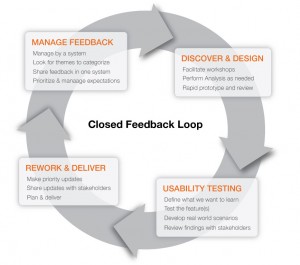
I’ve recently encountered a few experiences with products and services that I feel are worthy to point out. As a user experience professional, I tend to have a conscious mind when I purchase something, sign up for a service or have to make an insurance claim. The entire process of my experience will leave me with a feeling of ‘meh’ or ‘what in the world… never doing that again!’ or ‘that was really cool!’
The unexpected great experience…
Two months ago, I purchased an airline ticket online using my Gmail account for my uncle in South Carolina to come visit for a family reunion in Pennsylvania. The flight was scheduled to arrive at PHL airport. When picking him up from the airport, I wanted to see if the flight landed. I open Safari browser on my iPhone and type “phl,” and immediately information about my uncle’s flight number, status (landed), time it landed, and passenger (uncle’s name) comes up on Google’s search.
Since I used my Gmail account, Google knew that something important was happening and helped me find what I was looking for and more extremely fast. I sat in my car and said, “That’s awesome!” It unexpectedly fulfilled a need that delivered quicker than anticipated, when I was really expecting to have to do more. I thought to myself, 'that’s innovative.' It got me excited about using Google’s services. These innovative ideas encourage me to want to bring to this out in our customers at Alliance, helping them to think outside the box and set them apart from competition.
Not so good experience…
About a week ago, I reported an insurance claim regarding stolen items from my car. So, I called the insurance company and file a claim. The claim shows up in my online insurance account where I can manage the progress and artifacts. Everything sounds great so far. Then they call to tell me the insurance adjuster will not be able to come out to check the car for damage until 3-4 days later… 'Wait, what did you say? Are you kidding me?’ With different insurance companies, the adjuster comes out within 24 hours. Then, the adjuster comes out to look at the car and tells me I could have just taken it to the body shop they work with. It’s been over a week and the car is finally at the body shop only to wait in line to be fixed.
My experience started out great. No issues with the software, but the insurance company’s customer care dropped the ball and left me feeling irritated with the results. So, it didn’t matter that I had a good experience with the software. How they handled everything negated that experience. When I send the survey in, the software won’t even get mentioned.
Product Experience Takeaways…
User experience and product experience are more than just an interface that provides a means to navigate through a task. They encompass the overall experience from the moment I interact to the time I complete and/or receive goods and services. The user’s experience with a product or service has to be analyzed at all of the interact touch points, including, but not limited to, customer service.
Have any of you had similar experiences you’d like to share? Or maybe you had an experience you always tell your friends and family about? I would love to hear them.







